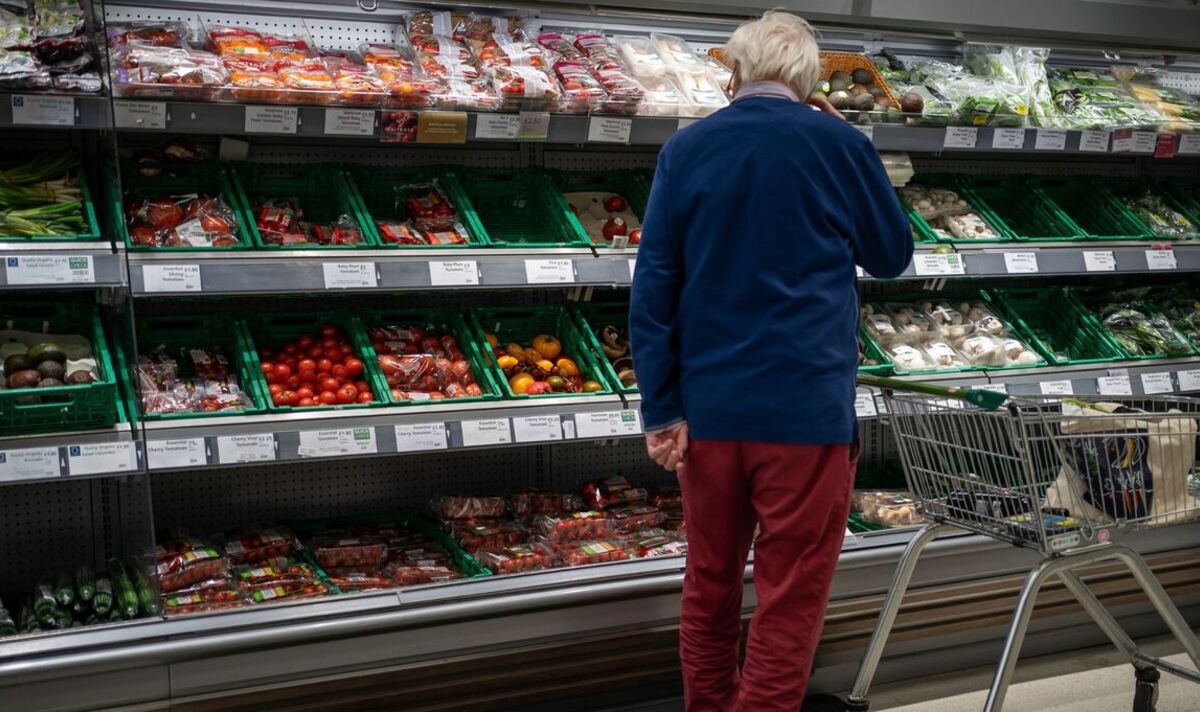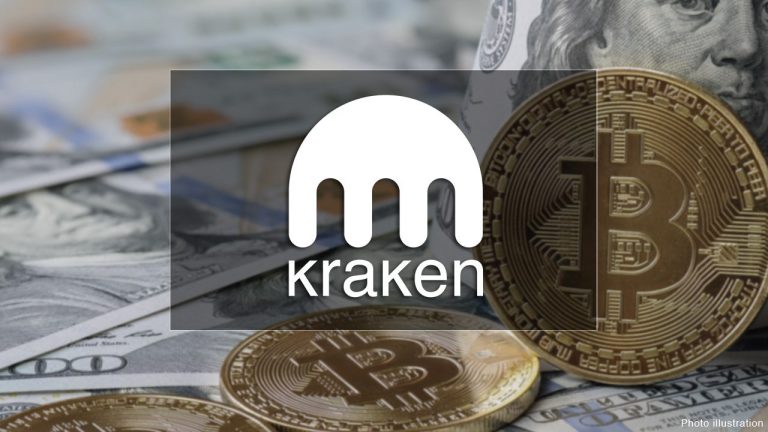
While food price inflation slowed to 8.8 percent this month from September’s 9.9 percent, prices still remain four times higher than the average rate of the past 34 years.
Food inflation in the UK averaged 2.92 percent from 1989 until 2023 before reaching an all-time high of 19.1 percent in March, according to Trading Economics.
But while prices remain high, the figures from the British Retail Consortium (BRC)-Nielsen Shop Price Index reflect there has been a sixth consecutive deceleration and have now dropped to their lowest rate since last July.
Fresh food inflation has slowed even further to 8.3 percent, down from 9.6 percent a month earlier.
Meanwhile, inflation on non-food items has fallen to 3.4 percent from 4.4 percent, its lowest rate since last September.
Mike Watkins, head of retailer and business insight at NielsenIQ, commented: “Inflation has helped the topline sales growth of many food retailers this year but, in reality, shoppers have been paying more and buying less.
“And the rest of the retail trade has seen less benefit due to the continued squeeze on discretionary spend.
“This time last year pressure was growing on household incomes as inflation was accelerating in fuel, energy, and food so, as inflation continues to decelerate, we now need an uptick in sentiment to help retail sales over the next eight weeks.”
BRC chief executive Helen Dickinson said: “Retailers have been battling to keep prices down for their customers in the face of rising transport costs, high interest rates and other input costs.
“To keep inflation heading in the right direction, it is vital that the Government does not burden businesses with unnecessary new costs.
“Without immediate action from the Chancellor, retailers have an additional £470million per year on their business rates bill, jeopardising the progress made. Ultimately, it’s consumers who would pay the price for the rising rates bill.”
Overall shop price inflation eased for the fifth consecutive month to its lowest rate since last August. The figures show prices were 5.2 percent higher in October than a year earlier, down from September’s 6.2 percent.
Imported goods saw higher levels of inflation due to a weaker pound, still-high producer costs and emerging trade frictions, while prices for some domestically-produced food, such as fruit, were lower compared with last month.
Prices of children’s and baby clothing also fell as retailers continued to support families with the arrival of colder weather, the BRC said.








